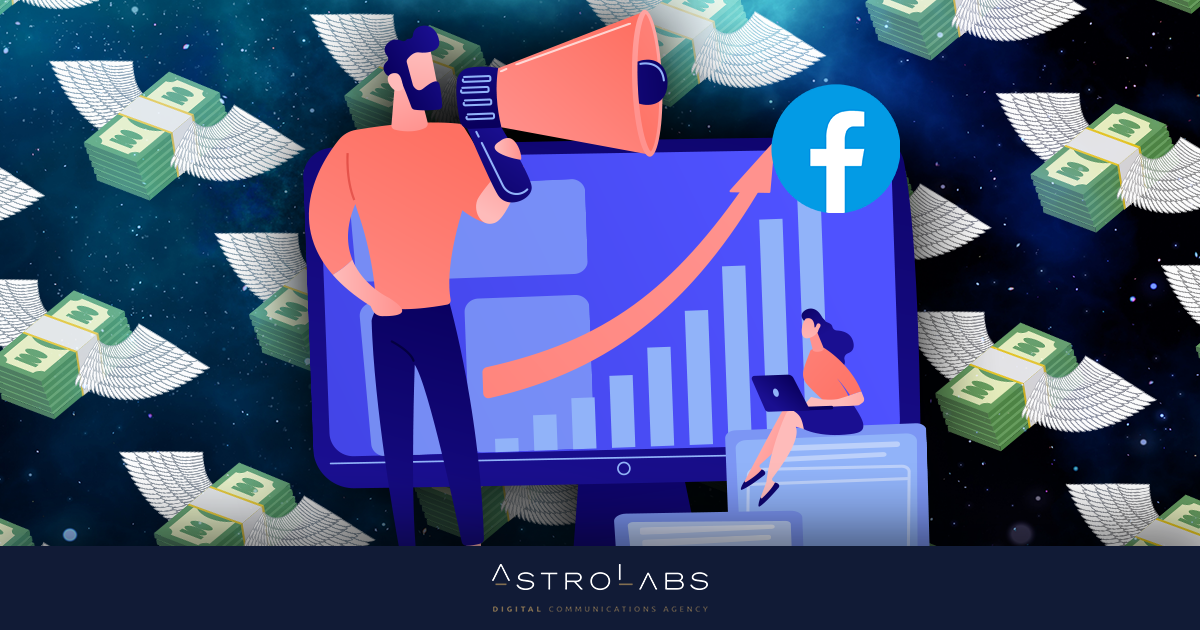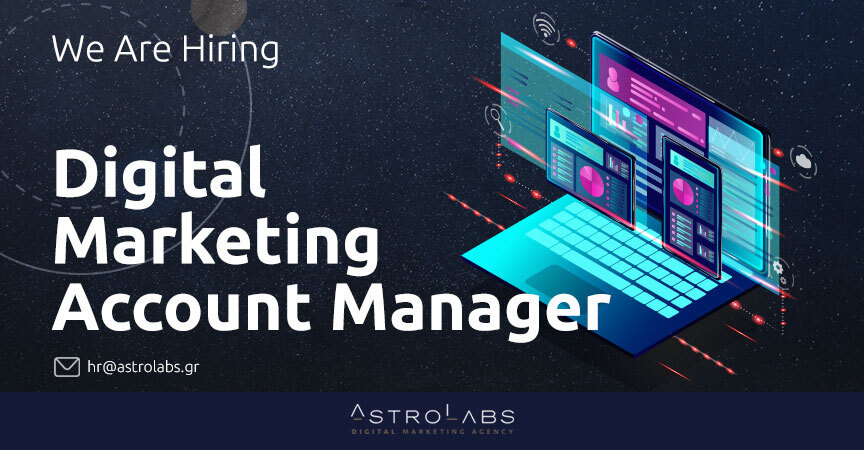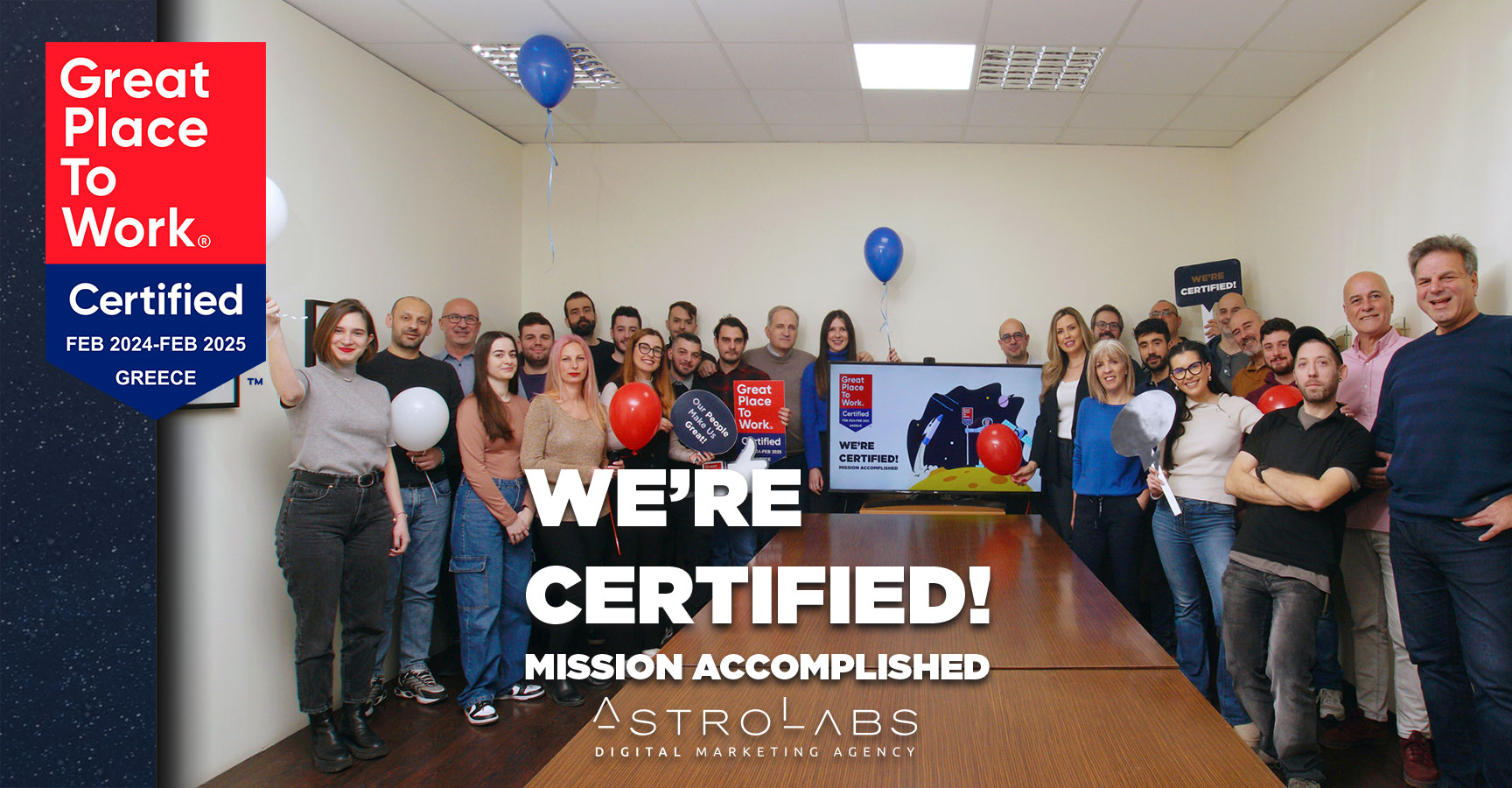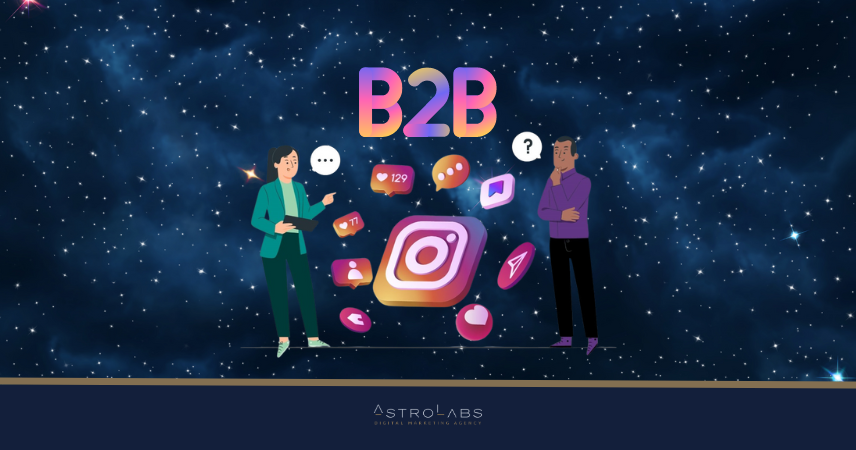Facebook’s ad platform is almost a decade old and over time it has changed a lot. As best practices are constantly changing and new features are constantly being added, it’s easier than ever to make a simple mistake that could cause your ad campaigns to fall short of your goals.
«But what are the 7 most common mistakes you can make when designing ads for your business?»
1. You do not renew your ad creative on a regular basis.
2. You’re using the wrong target to optimize your campaign.
3. Wrong choice of tender strategy/budget.
4. Excessive audience segmentation.
5. Failure to control the overlap of your audiences.
6. Excessive control of placements – Placements where your ads appear.
7. Inability to move the audience from the top of the funnel to the market stage.
So let’s go through them one by one:
1 – Refresh the creative advertising
How many times have you not opened your Facebook or Instagram app and while scrolling you see the same ad for the umpteenth time with a visual you’ve learned by heart. Sure it gives you a bad impression and let’s be honest, if it bothers you, why would your audience have a different reaction? So there’s a line between creating a visual identity so that the user unconsciously understands that it’s a certain brand and boring the audience.
Of course it is understandable that as far as advertising is concerned, the constant creation of new visuals is probably one of the most time-consuming processes. And yet, there are a few ways that will help you to reduce as much as possible the time required to produce several new visuals:
Look for a new inspiration
Seeing other creatives, either from competitors or from other sectors that are not related to yours, is a great way to have a first brainstorming session. Here you are mainly looking for a new layout, a particular writing tone (ToV) , a new central idea that you can click on to start your new material.
Bonus tip: Facebook has its own page designed to help you refresh your visuals by showing case studies of great brands, and you can see it here.
Use stock images
One perception we often encounter as an agency is that all creative should be completely unique and made to order. This is both wrong and right! Correct because the absolute ideal would be to always have the option of shooting at regular intervals to produce unique material. But it is also wrong as the size and dynamics of many small and medium sized businesses do not allow them to carry out such photo shoots often enough. So should they not have footage?
Of course not! There is nothing wrong with using stock photos that you choose from a variety of specialized websites. Honestly, some of them are truly incredible and will take off the creative of your ads if used correctly.
Use online design tools
To create new visuals for your ads you don’t need to be an expert in professional programs like Photoshop or Adobe Illustrator. You can use an easy online design tool like Canva, where you can design your new material in a few simple steps.
2 – Set the right target for your campaign
The truth is that Facebook has several ways to optimize for the goals you set in your campaign that can sometimes be confusing.
First of all, as far as cost is concerned, a basic principle is that in the table you see on Facebook during the target selection process, the more expensive the target you select, the more expensive your campaign will generally be.
In addition, each main target category you choose (Awareness, Consideration or Conversion) has its own actions for which it can optimize your campaign.

So if your campaign is intended to influence a user’s purchase decision (Target Consideration) you can choose to configure it – among others – to click on links leading to your website (Traffic), to increase interactions such as like and share (Engagement) or to receive inbox messages from users interested in the content of your ad (Messages).
3 – Choose the right bidding/budgeting strategy
When it comes to managing the budget of a campaign, Facebook has a lot of options that can be great tools in the hands of a person who has particular experience in online advertising. However, they can be equally difficult for someone taking their first steps in the advertising world.
For example, a key option is the daily budget versus the budget of a specific duration.

The daily budget helps to balance the amount spent by the campaign so that it remains stable on a daily basis. So your campaigns will still try to deliver as many conversions as possible (based on the target you set) while spending your daily budget, regardless of performance.
On the other hand, a budget of a certain duration helps to optimize as much as possible (based on the target you set) within a period of a certain number of days. Here, as can be seen, we do not always reach the daily spending target, which makes it more difficult to effectively evaluate the results of the campaign.
If you want to learn more about bidding strategies for advertisements Astrolabs has prepared a specialized article that you can find here.
4 – Segment your audience correctly
The ideal setup for your ads would be for each campaign to be separate with separate ad groups and specific ad audiences so you can easily make corrections and optimizations for even better results.
But sometimes limiting your audience too much can hurt your campaigns, as Facebook needs a steady stream of data to continue to properly tailor ads based on the goals you set in the first place.
So if you divide your audience into very small and overly specific lists and place them in different ad sets, your ads will probably never make it out of Facebook’s Learning phase, and therefore never perform to their true potential.
Bonus tip: The smaller the audience you advertise to, the higher CPM (cost per 1,000 impressions) you will pay. This practically means that it will be more expensive to reach the exact same audience if you split it into 6 different ad sets instead of 2-3.
5 – Check the overlap of your audiences
With all the different targeting options that Facebook gives you, it is very easy to create many different audiences that are ultimately trying to reach the same users. So the problem that arises is that it won’t be clear which targeting options work best.
So suppose a user is in two different communities and performs an important action for you, a conversion, e.g. a purchase. Facebook will try to “see” which audience brought the conversion in order to show them your ads more often. But because it can’t tell the user apart since they belong to two audiences, it will use the one that is more recent in time, but that doesn’t mean that this audience group has the best prospects for increasing conversions/purchases from your ad.

Facebook has a tool that can help you see the overlap of your saved audiences, the Audience Overlap Tool, which can be found in the «Advertise» section of your Business Manager.
6 – Choose where your ads will appear
The overall network that Facebook and Instagram have is huge and this means that your ads can appear in many Placements.
When you create your ad and you get to the point of choosing its Placements you will surely be tempted to want to choose which of them to appear on.

However, this is not always in your best interest, as the audience you will target will always be the same regardless of the number of placements you eventually choose. The audience will always be based on the initial targeting choices you have made during the audience building stage.
7 – Take the audience from the beginning of the funnel to the market stage
The last mistake we often see is a lack of consistency. Facebook has many different goals for each campaign, each focusing on a different area. But they are built to work in harmony to create a customer journey for the user and convert them into a customer of your business.

This Customer Journey, is because as you can see in the graph above, all the audience is initially gathered at the top of a “funnel” (funnel) , from which they are then filtered downwards based on the ads they see, until they finally reach the end of this funnel and become a customer of your business
Read more here about what’s behind effective Digital Advertising and how your business can benefit from it.



